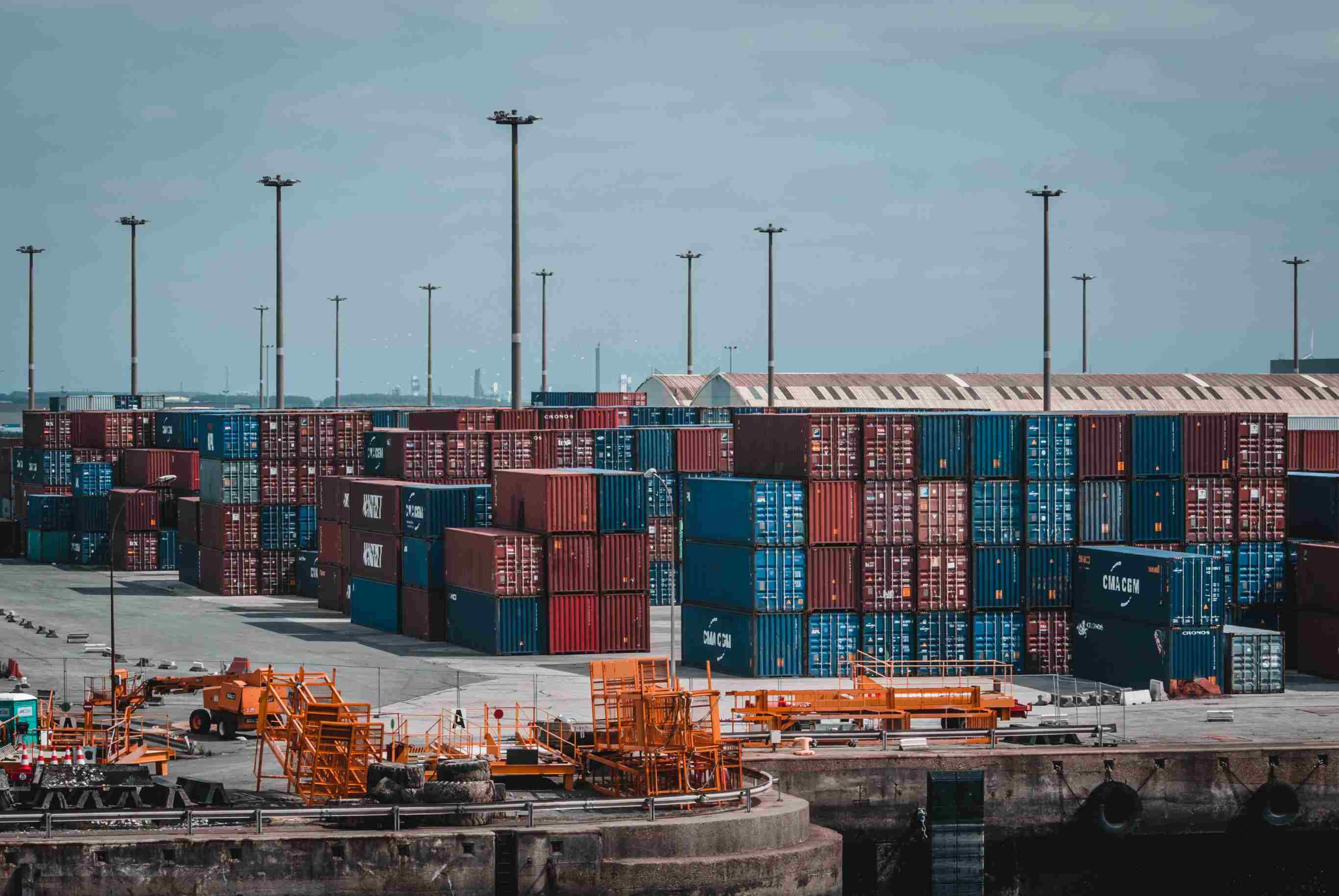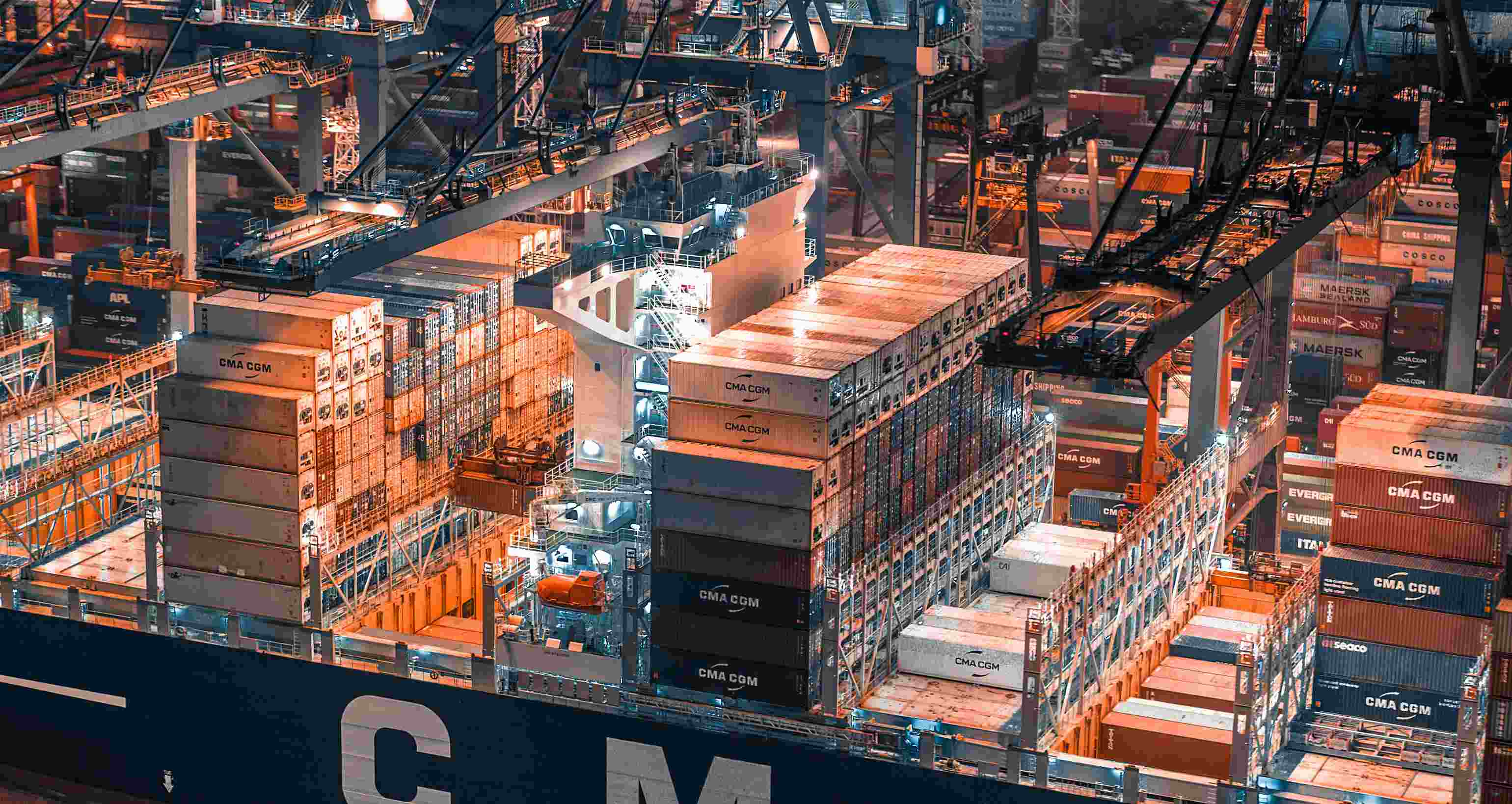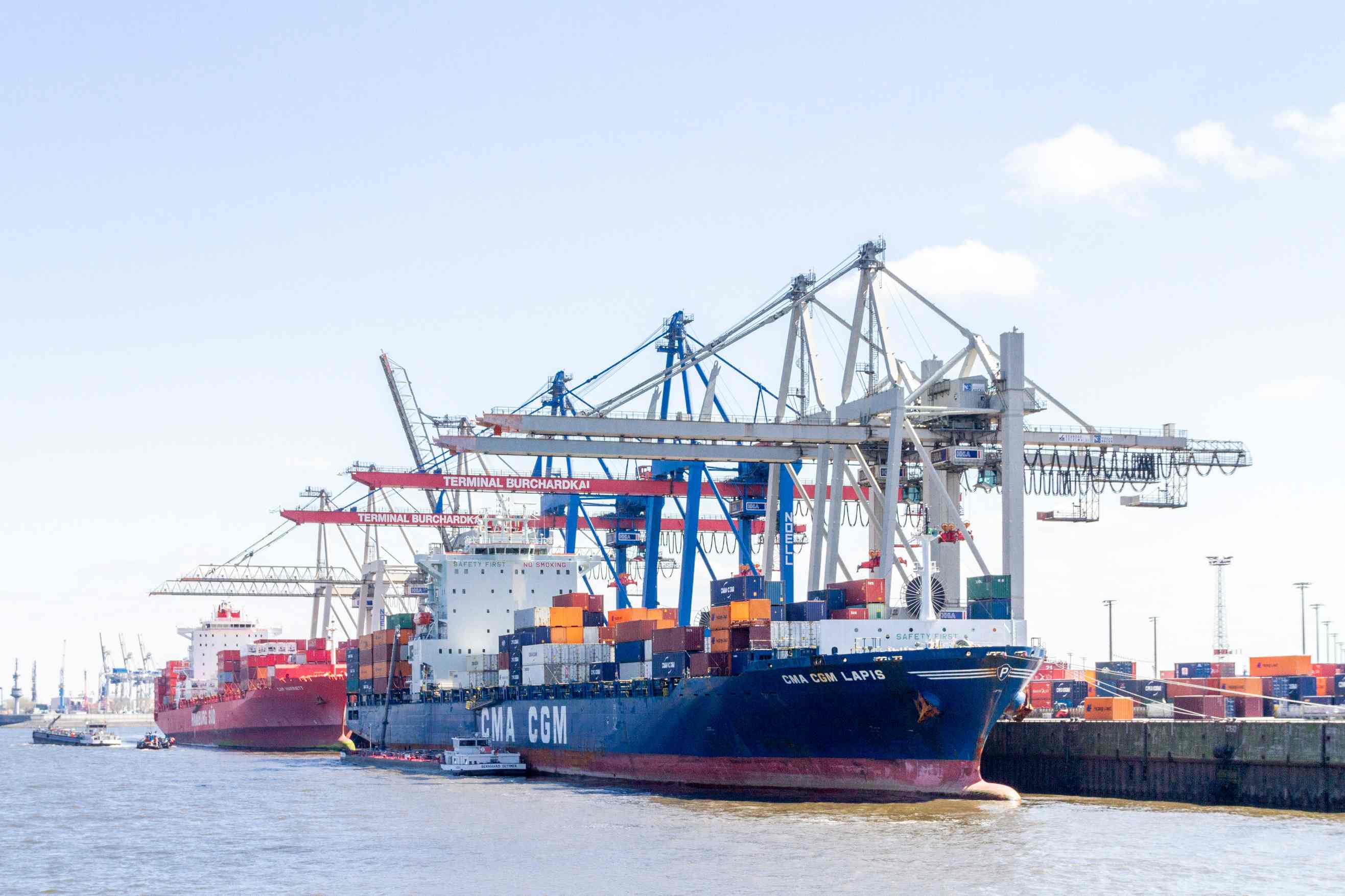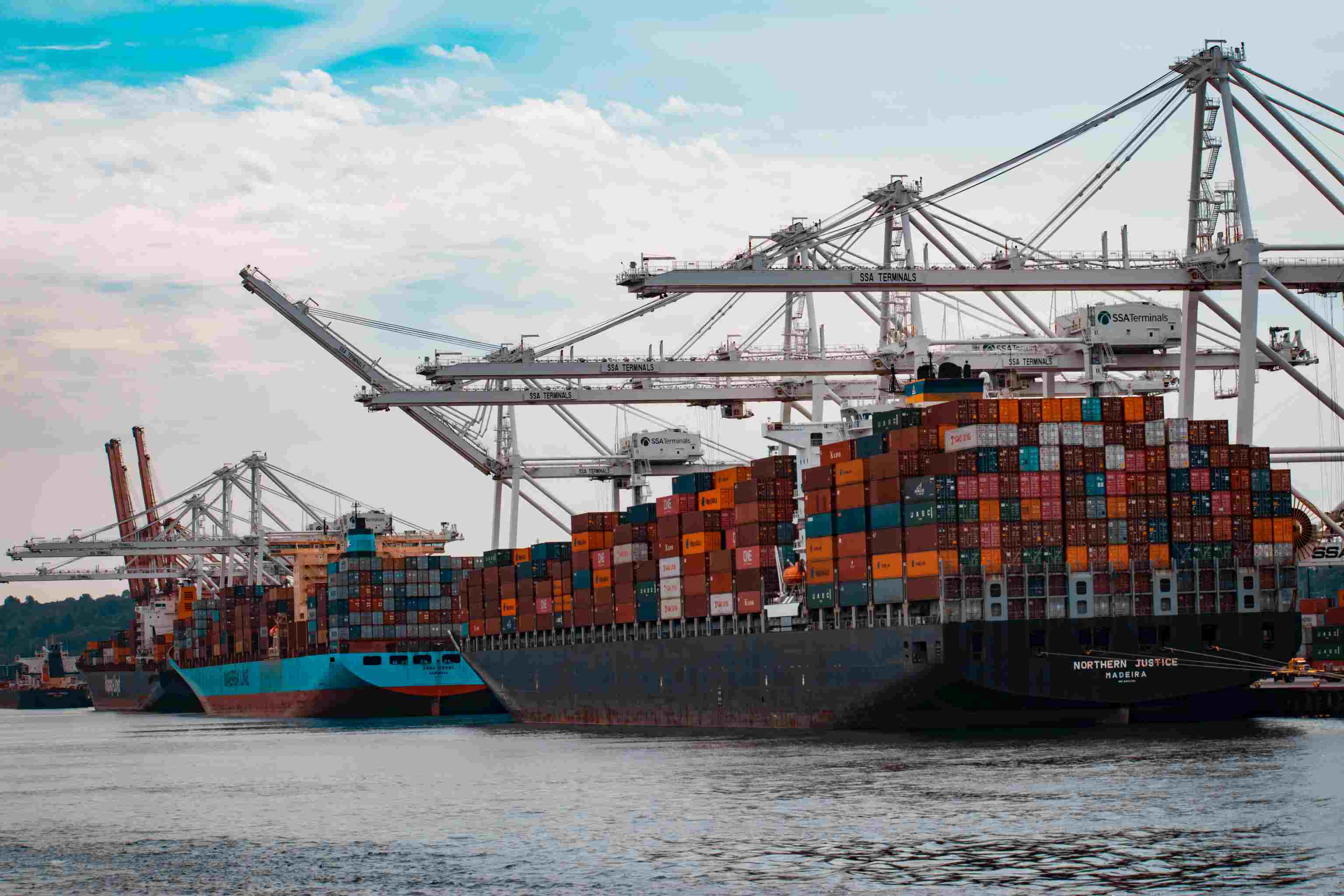The Major Shipping Routes of the World: Connecting Continents and Economies
The major shipping routes of the world form the backbone of global trade, carrying nearly 90% of goods transported across continents.
From Asia’s factories to Europe’s markets, these sea routes keep supply chains moving and economies connected. Understanding their structure helps companies make smarter logistics and trade decisions.
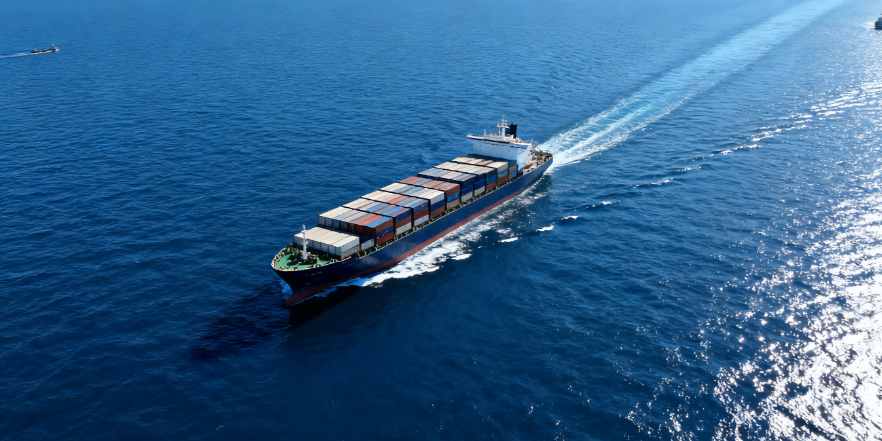
Overview of the Major Shipping Routes of the World
The global shipping routes form the backbone of world trade, linking the most vital economic regions and ports across continents. Key routes include:
- Asia–Europe Route
One of the busiest trade corridors in the world, connecting China, Southeast Asia, and Europe. Major ports include Shanghai, Singapore, and Rotterdam.
- Trans-Pacific Route
Connecting Asia with North America, this route is crucial for exports to the U.S. and Canada. Los Angeles and Vancouver are key destinations.
- Trans-Atlantic Route
Linking Europe and North America, this traditional route carries high-value industrial goods and consumer products.
- Indian Ocean Routes
Covering the Middle East, South Asia, and Africa, these routes handle the trade of energy, minerals, and manufactured goods.
- Suez Canal & Panama Canal Routes
These artificial waterways are global chokepoints that significantly shorten travel distances between major markets.
Together, these global shipping routes form an interconnected transport network that keeps goods moving efficiently across the planet.
How Global Shipping Routes Support International Trade
The international maritime routes are not just pathways for ships—they are the arteries of global economic cooperation. Their strategic importance lies in:
- Supporting global supply chains by ensuring steady movement of raw materials and finished goods.
- Improving efficiency by reducing transportation costs and delivery times through centralized traffic flows.
- Enhancing economic interconnectivity among regions and markets.
Products like electronics from Asia, machinery from Europe, and crude oil from the Middle East all depend on these international maritime routes for distribution. Any disruption to one key segment can ripple through the entire global supply chain.
Major Ocean Trade Routes: Key Chokepoints and Challenges
The smooth operation of major ocean trade routes depends on several strategic chokepoints and port hubs, each vital yet vulnerable. Key examples include:
- Suez Canal — The primary link between the Mediterranean and the Red Sea, vital for Asia–Europe trade.
- Strait of Malacca — One of the busiest waterways on Earth, serving as a key passage for East Asia’s energy and goods transport.
- Panama Canal — Connecting the Atlantic and Pacific Oceans, crucial for American and global shipping operations.
Challenges faced along these routes include:
- Geopolitical risks, such as regional conflicts or sanctions.
- Environmental and safety concerns, including piracy, congestion, and extreme weather.
To mitigate these risks, companies increasingly rely on digital route optimization, flexible shipping plans, and real-time monitoring to ensure the resilience of major ocean trade routes.
Emerging Trends in the Major Shipping Routes of the World
The major shipping routes of the world are evolving as global trade patterns shift and technology advances. Key trends include:
- The rise of Arctic shipping routes, opening new possibilities for faster Asia–Europe connections.
- Growth of emerging ports, particularly across the Middle East and Africa, which are becoming new logistics hubs.
- Sustainable and digital shipping, driven by smart route planning, green fuels, and digitalized logistics systems.
These trends indicate that future global shipping routes will be more flexible, sustainable, and technology-driven — offering new opportunities for companies engaged in global transport and trade.
HaiYuan: Supporting Global Shipping Routes with Reliable Solutions
Amid the dynamic changes in global maritime transport, HaiYuan is dedicated to providing efficient and sustainable shipping and logistics solutions worldwide.
The company specializes in:
- Container and ocean freight services, covering major ports and shipping routes.
- Integrated supply chain management, helping clients enhance logistics efficiency.
- A global collaboration network, ensuring stable operations along key international maritime routes.
Through flexible operations and deep industry expertise, HaiYuan helps clients optimize transportation paths, reduce costs and risks, and maintain smooth global trade operations.
Conclusion
The major shipping routes of the world keep trade flowing and economies connected. As global trade evolves, mastering global shipping routes and building resilient logistics strategies will be vital for long-term competitiveness.
HaiYuan Logistics continues to deliver professional maritime solutions that help clients navigate complex international waters with confidence.
FAQ
Q1: What factors determine the busiest major shipping routes of the world?
A1: Trade volume, port capacity, geographic location, and connectivity between key economic hubs determine route activity.
Q2: How do chokepoints like the Suez Canal affect global shipping schedules?
A2: Delays or disruptions at chokepoints can create bottlenecks, increase shipping costs, and impact supply chain timelines.
Q3: What role do emerging ports play in global shipping routes?
A3: New ports provide alternative pathways, reduce congestion, and open access to previously underutilized markets.
Q4: How can companies mitigate risks along major ocean trade routes?
A4: Diversifying routes, using digital tracking, and planning flexible schedules help minimize delays and geopolitical or environmental risks.
Q5: Why is the Arctic route gaining attention among international maritime routes?
A5: Melting ice is opening shorter transit paths between Asia and Europe, potentially reducing travel time and fuel costs.
Q6: How do global shipping routes impact supply chain strategy?
A6: Efficient routes influence inventory planning, delivery speed, and cost management across international operations.
Q7: What technological trends are influencing major shipping routes?
A7: Digital route optimization, automated vessels, and eco-friendly shipping practices are reshaping efficiency and sustainability.
Q8: How do companies like HaiYuan support logistics along these major shipping routes?
A8: They provide container transport, route planning, and supply chain solutions to ensure reliable and efficient global shipping
